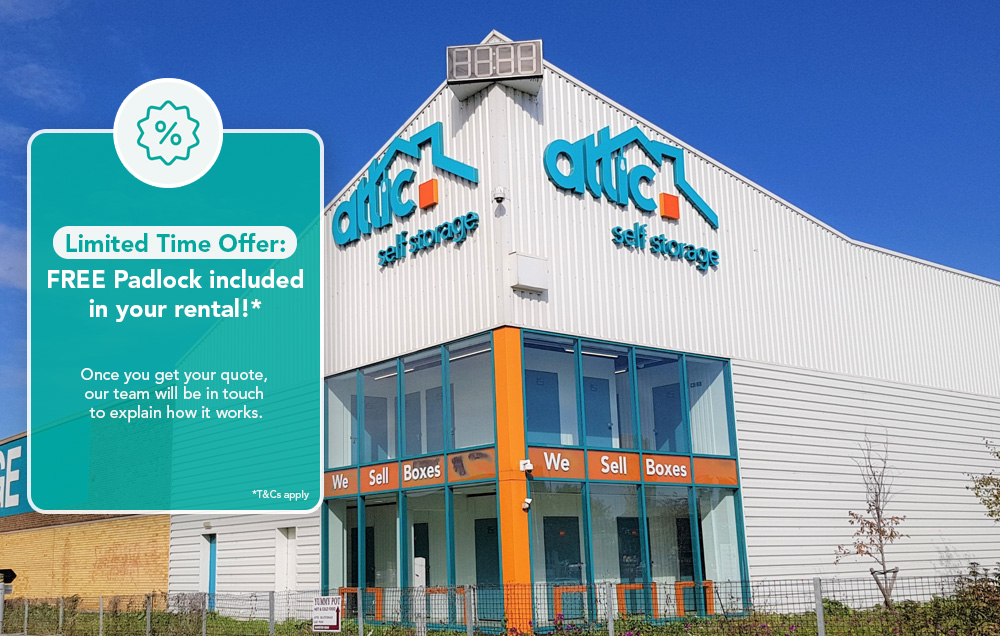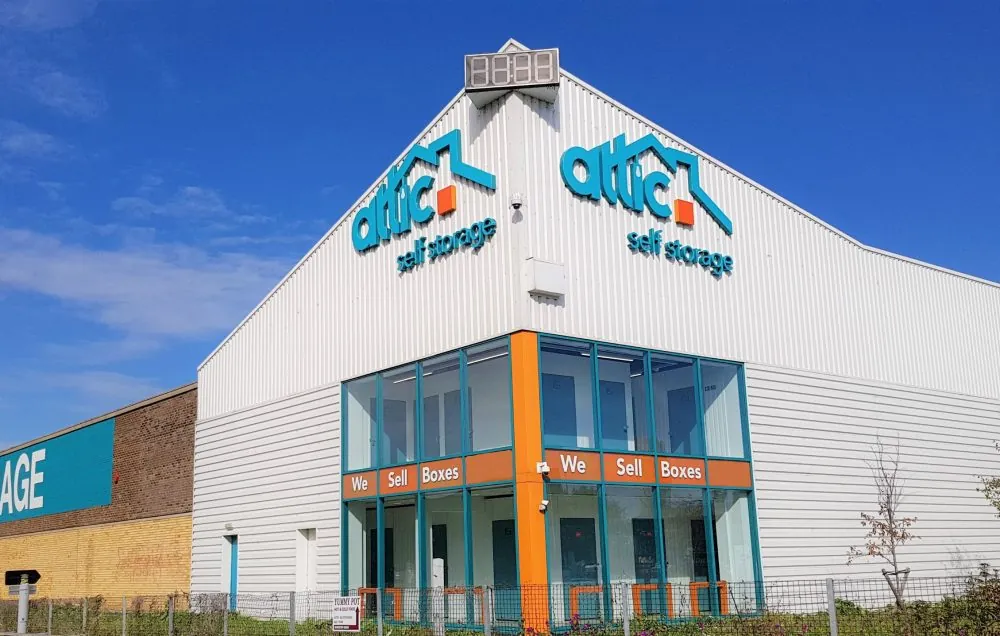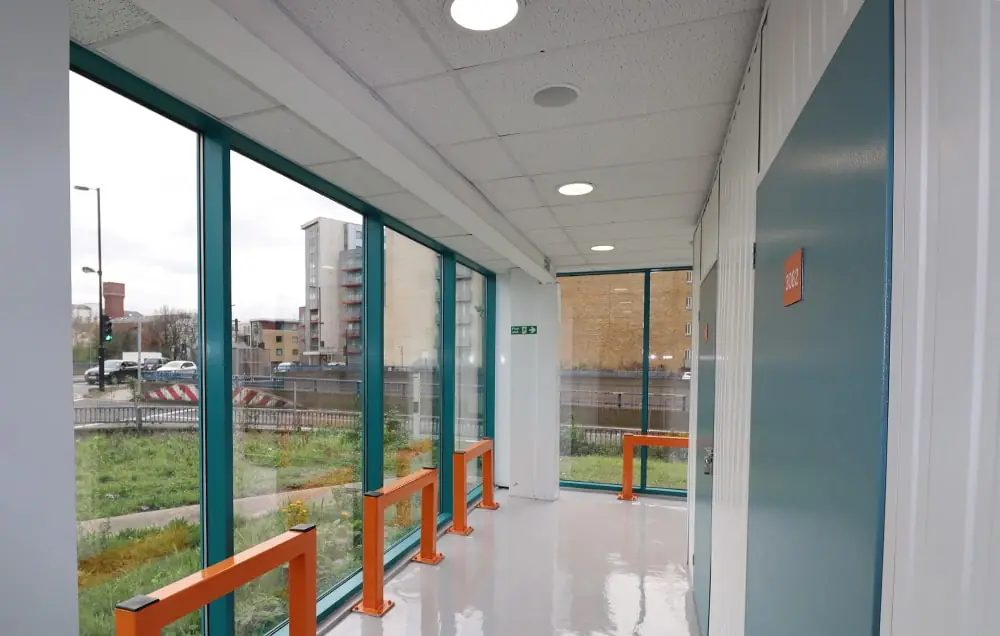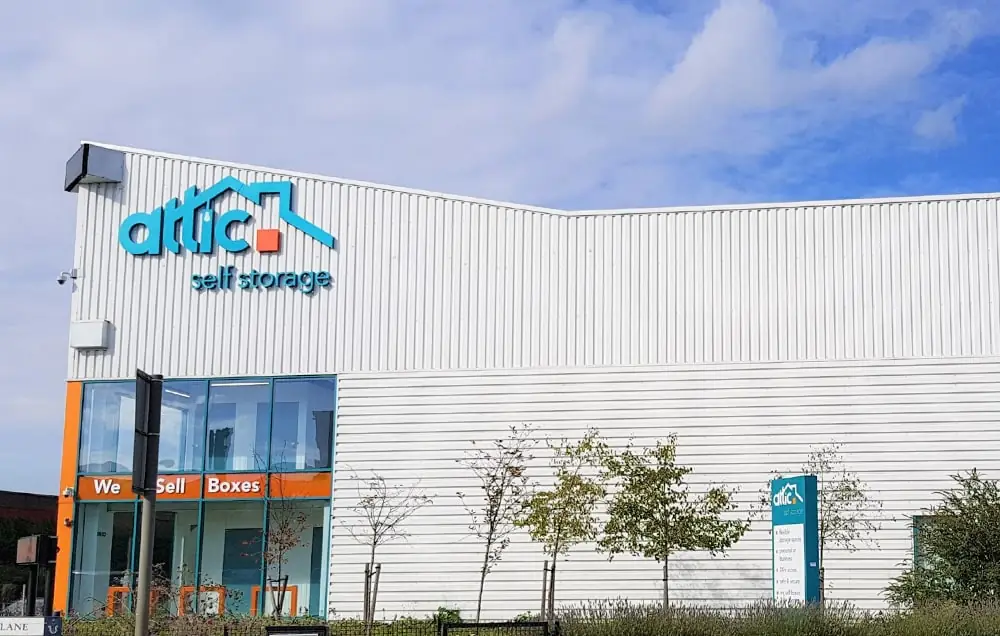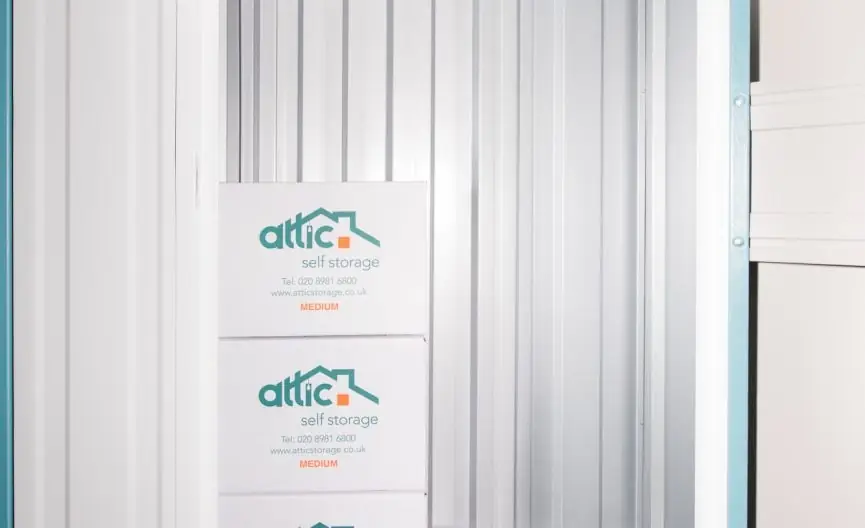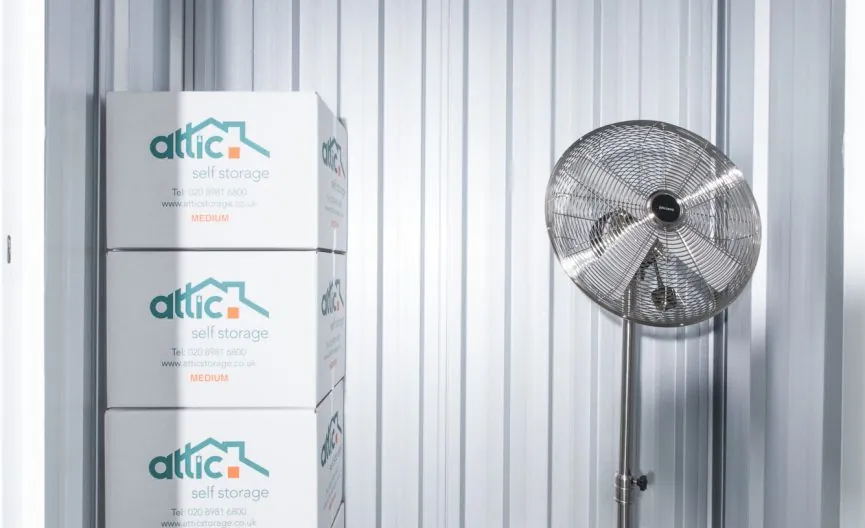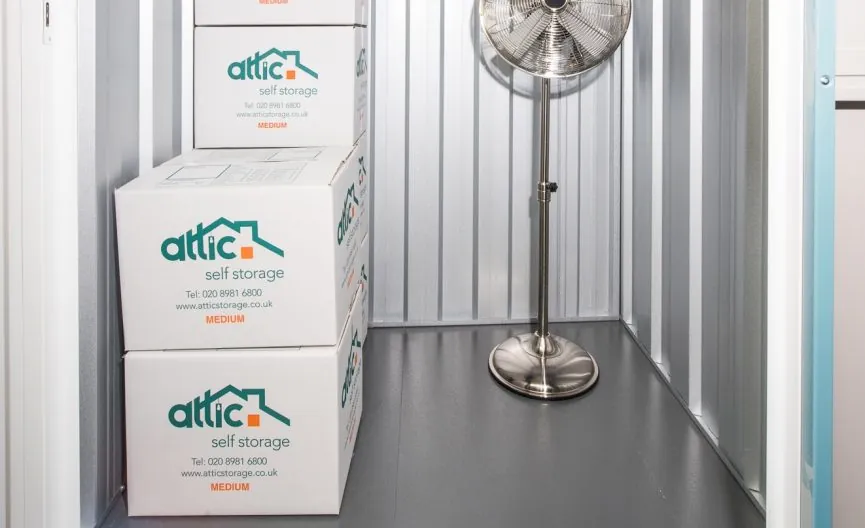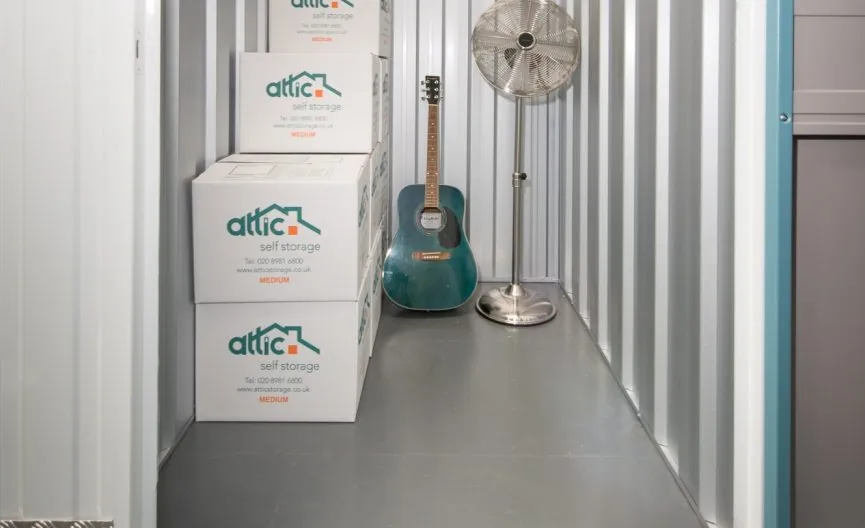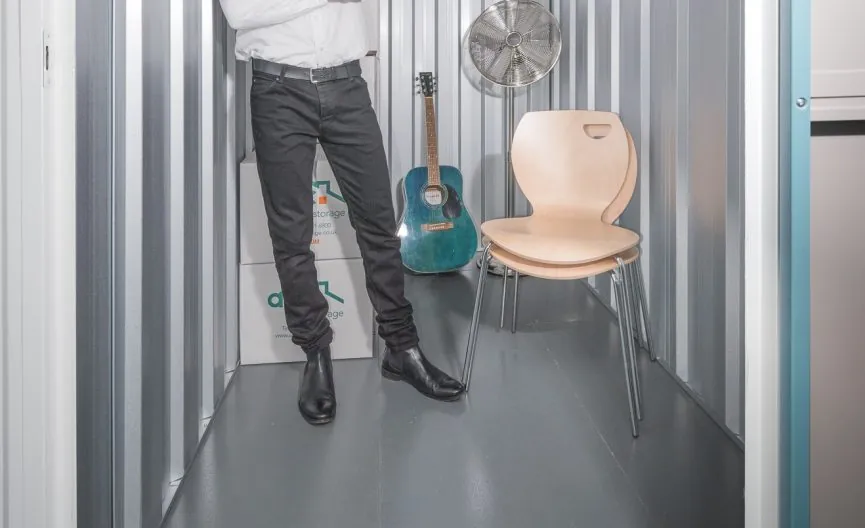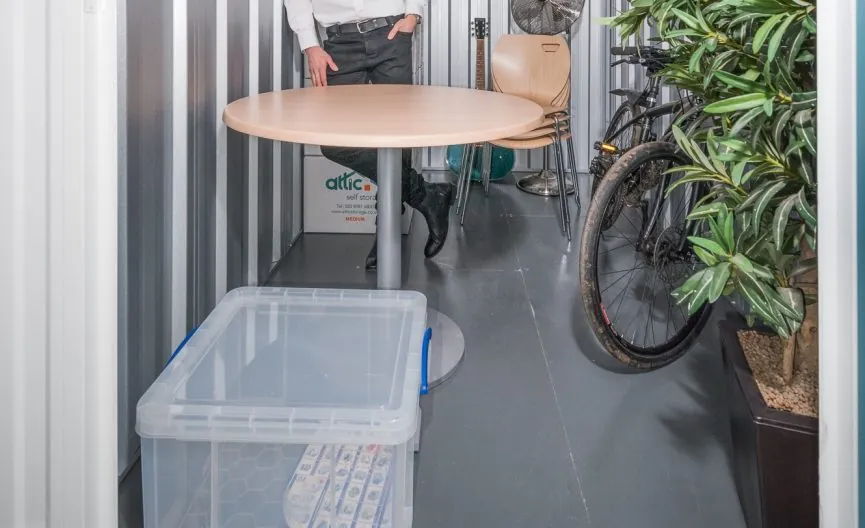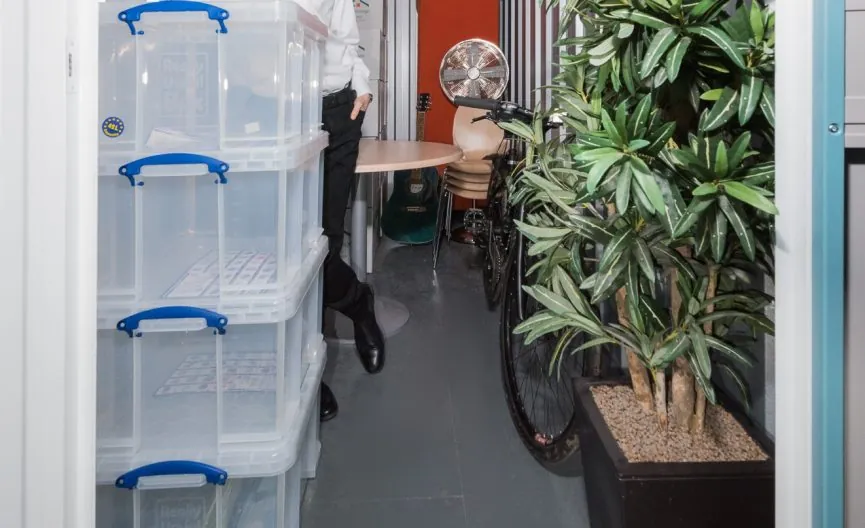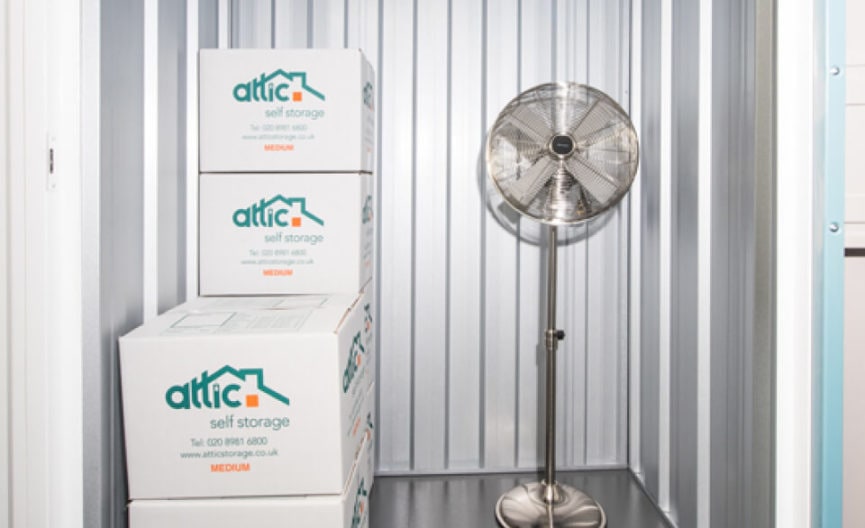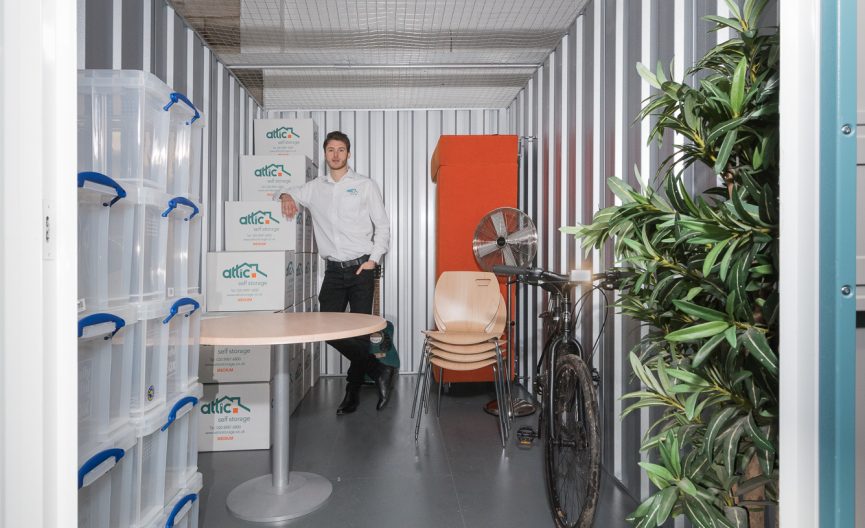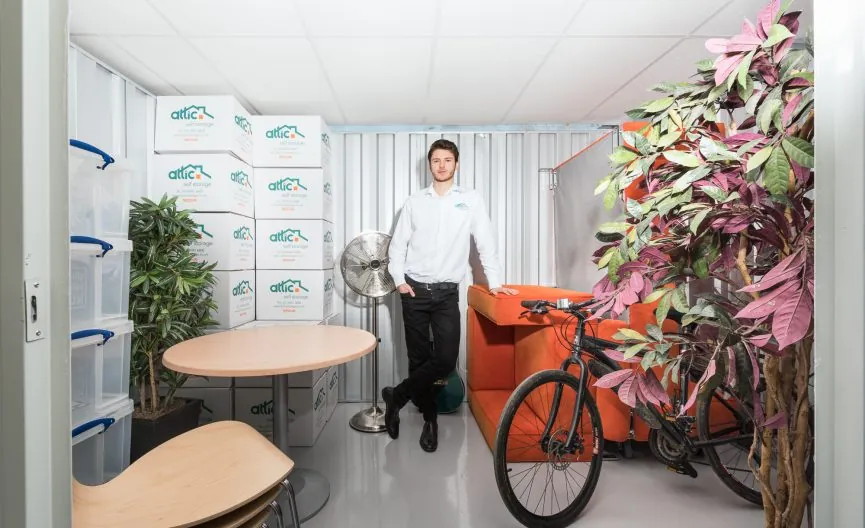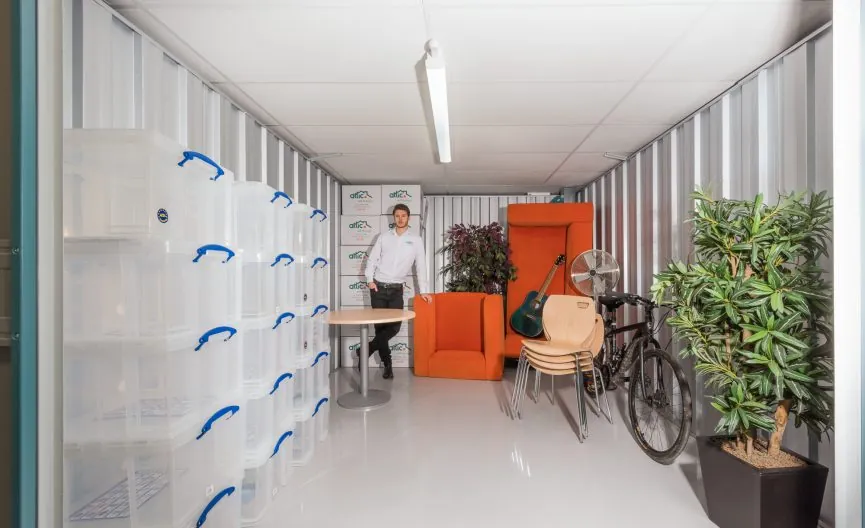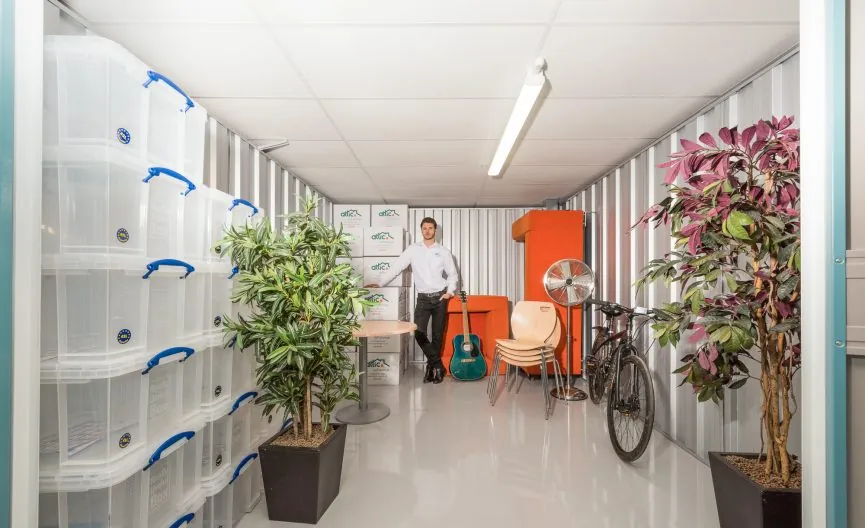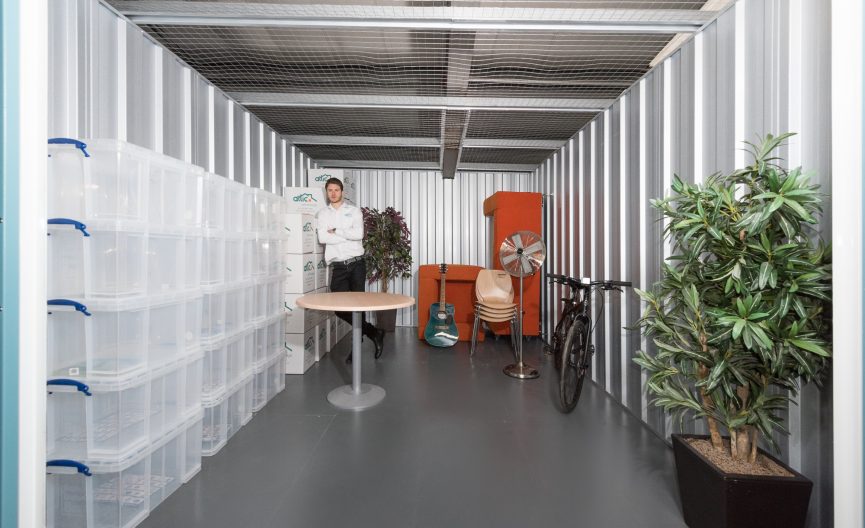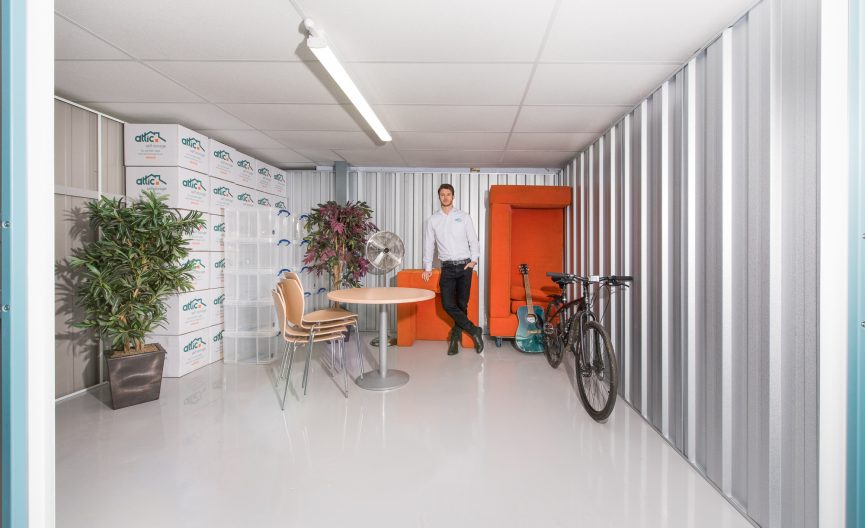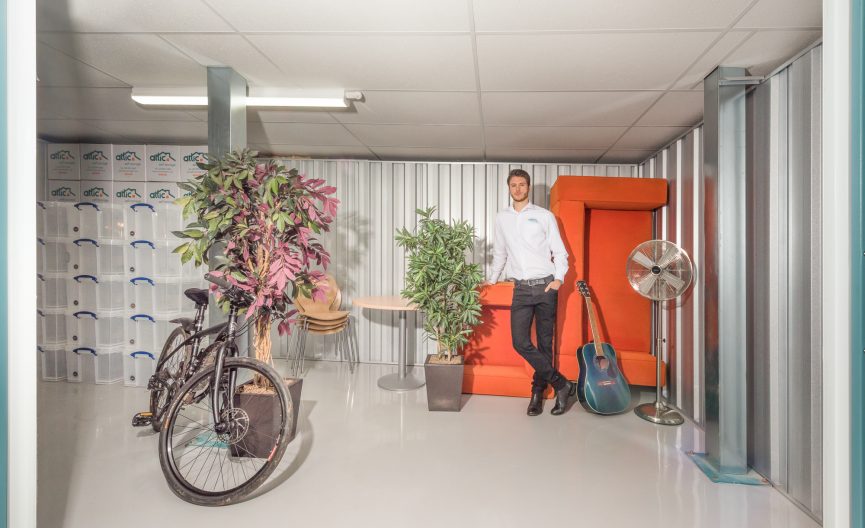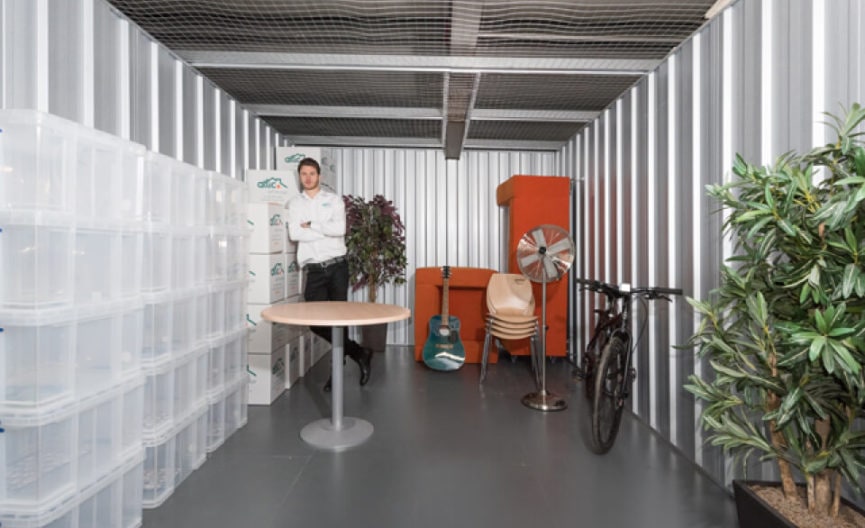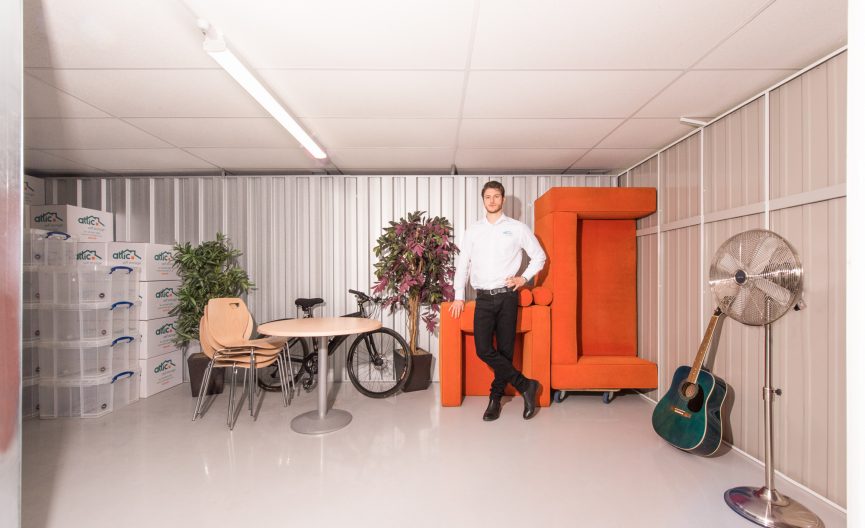Bow Self Storage
500 Wick Lane, Bow, London, E3 2TB
Available Units

10 sq ft unit
Ideal for storing the contents of a small car or the equivalent of a double wardrobe

15 sq ft unit
Ideal for storing the contents of a regular car or the equivalent of a large wardrobe

20 sq ft unit
Ideal for storing the contents of an estate car or a kitchen for example

25 sq ft unit
Ideal for storing the contents of a small garden shed

35 sq ft unit
Ideal for storing the contents of a transit van or studio flat

50 sq ft unit
Ideal for storing the contents of a 1-2 bedroom flat or a large transit van

65 sq ft unit
Ideal for storing the contents of a 1-2 bedroom flat or a large transit van

75 sq ft unit
Ideal for storing the contents of a 2 bedroom house

90 sq ft unit
Ideal for storing the contents of a 2 bedroom house

100 sq ft unit
Ideal for storing the contents of a single garage

125 sq ft unit
Ideal for storing the contents of a single garage

135 sq ft unit
Ideal for storing the contents of a single garage

150 sq ft unit
Ideal for storing the contents of a small 4 bedroom house or 2 Luton box vans

175 sq ft unit
Ideal for storing the contents of a small 4 bedroom house or 2 Luton box vans

200 sq ft unit
Ideal for storing the contents of a small 4 bedroom house or 2-3 Luton box vans

220 sq ft unit
Ideal for storing the contents of a small 4 bedroom house or 2-3 Luton box vans

250 sq ft unit
Ideal for storing the contents of a small 4 bedroom house or 2-3 Luton box vans

300 sq ft unit
Ideal for storing the contents of a 5 bedroom house, or a stock room for a business

350 sq ft unit
Ideal for storing the contents of a 5 bedroom house, or a stock room for a business
Site Facilities
From secure, individually alarmed units to 24 hour access, view all of the facilities on hand to help you at our Bow self storage facility.
-
Complimentary 24 hour access
-
Online Check In
-
Packaging Materials
-
EV Charging Points
-
Award Winning Customer Service
-
Transport Services
-
Free WiFi
-
Trolleys
-
Customer Toilets
-
Externally Monitored CCTV
-
Outside Congestion Charging Zone
-
Archiving & Document Storage
-
Defibrillator
-
Staffed 7 days per week
-
Special Offers Available
-
Customer Recommended
-
Powered & Lit Units
-
Delivery Receipt
-
Secure Buildings & Units
-
Mail Box Rental
-
Individually Alarmed Units
-
PIN Code Access
-
Free Parking for Loading
Location
500 Wick Lane, Bow, London, E3 2TB
If you’re running out of space and live in or around Bow, storage units are available for you to hire out!
Overlooking the iconic West Ham Football Stadium (formerly known as the Olympic Stadium), with this ideally situated branch of Attic Self Storage, East London has a storage solution that is not only available 24 hours a day, but is also fitted with around the clock, externally monitored CCTV and individually alarmed storage units too. Not to mention the wide range of unit sizes on offer and the free Wi-Fi available across our facility.
We’re situated within minutes of East London’s most popular towns and suburbs. Just a hair’s breadth away from Attic Self Storage – Hackney, Leyton, Whitechapel, Stratford, Westfield Stratford, Shoreditch, and Tower Hamlets all have us right on their doorstep.
Basically, if you need self storage, East London, we are here for you!
We’re situated just off the Wick Lane Interchange, on the A12.
To find us, simply take the Old Ford junction off the A12 onto Wick Lane. Attic Self Storage is located on this junction, just opposite the Shell petrol station – you can’t miss us.
Site Details
Our Bow storage facility is a significant one for us as it was the very first site we ever had in London. Indeed, for Attic Self Storage, East London is very much home to us as we’ve been here since 2008 – with wonderful memories of launching our Bow facility still clear in our minds. If you live in East London, there’s a decent chance you’ve already driven by our storage facility at one point or another.
Our Bow storage units come in a wide range of sizes – with sizes ranging from 15 square feet up to 300 square feet. This makes us adept to a whole host of requirements, whether you’re after a storage solution for your business or just need some personal storage space to free up some space at home. We make sure that each of our customers enjoy complimentary 24-hour access to their self storage unit, with each of our storage units being individually alarmed to ensure that the possessions you trust us with are 100% safe for the duration of their stay with us. Open 365 days a year, you can come down and drop off or pick up anything you need whenever you need it here at Attic Self Storage.
Why Choose Attic Self Storage Bow?
At Attic Self Storage, we’re dedicated to offering the best value self storage in Bow — combining convenience, flexibility, and award-winning service. Here’s why our customers choose us:
- Complimentary 24 hour access: Enjoy the freedom to access your unit in Bow whenever you need it, day or night — at no extra cost.
- Flexible contracts: We offer fully flexible contracts, so you can store for as little or as long as you like.
- Local price match guarantee: To ensure our place is the best value storage provider in Sunbury, we offer a local price match guarantee.
- You’re only charged for what you use: We refund any unused rent
- Top tier customer service: Our customer service is award-winning in the UK
- Fairly paid staff: We are proud to say that we are a London Living wage employer
- Supporting Bow: We are a local business that believes strongly in supporting local initiatives.
- Discounted packaging materials: As our customer, you can benefit from great savings on all of our packaging materials.
Business & Personal Storage Solutions in Bow
Attic Self Storage Bow offers a wide range of secure, modern storage units to support both personal and business needs in East London.
Personal Storage Solutions in Bow
Whether you’re moving home, redecorating, decluttering, or just need some extra space, our Bow facility is here to help. We offer a variety of unit sizes to suit every need — with flexible terms and 24-hour access included as standard. Each storage unit is individually alarmed, giving you complete peace of mind. Need help getting started? We provide packing materials on-site and can assist with arranging transport to make moving in a breeze. Plus, you’ll benefit from discounted boxes and packaging to help keep costs down.
Business Storage Solutions in Bow
Looking for secure and flexible business storage in Bow? Our site is ideal for e-commerce, startups, freelancers, and growing companies alike. Whether you’re storing stock, documents, or equipment, we offer scalable units that grow with your business. You can upgrade or downsize your space at any time, with no penalties — perfect for businesses with changing storage needs. Our site is fully equipped with high-end security features, including 24/7 monitored CCTV, gated access, and individually alarmed units, so your assets are safe and sound.
We’re here to help you succeed — with on-site support, reliable access, and a team who understands what businesses need from a storage provider.
Access Hours
- Mon- Sun 24 hours
- Public holidays 24 hours
Staffed Hours
- Monday - Friday 08:30 - 18:30
- Saturday 09:30 - 18:30
- Sunday 10:00 - 16:00
- Public Holidays 10:00 - 16:00
Meet the store team
Our fully trained team is on hand to answer any questions, provide help and generally to make sure you have a great storage experience. They can help at any stage of the process from selecting the right unit size for your needs to arranging transport for your move in. Just ask us!
Karl Rivett
Store Manager
Kapil Paul
Assistant Store Manager
Sonni Adikwu
Sales Consultant
Lorenzo Dibattista
Sales Consultant
Nearby Stores
Beckton Self Storage
Attic Self Storage, 3A Claps Gate Lane, Beckton, E6 6JF
Free WiFi
Complimentary 24 hour access
